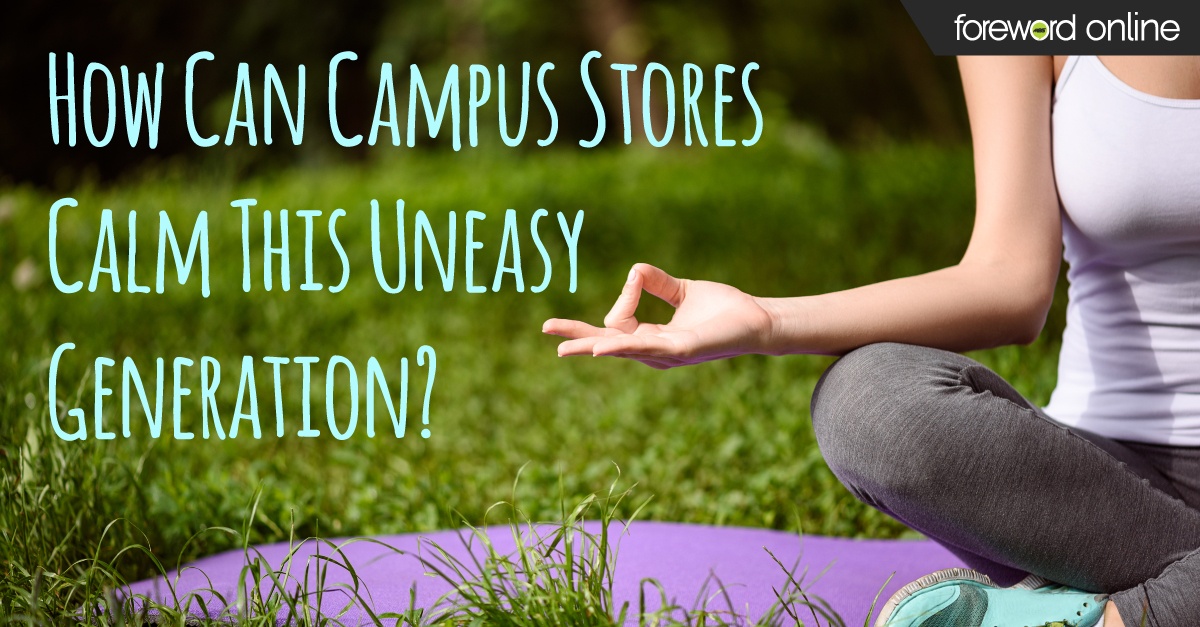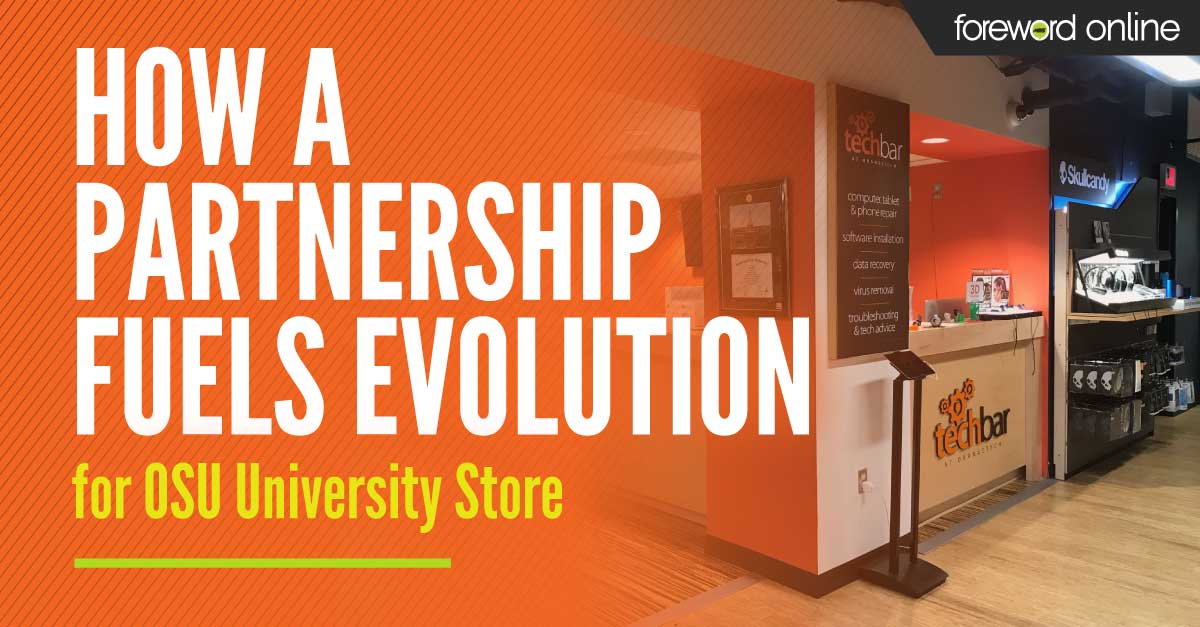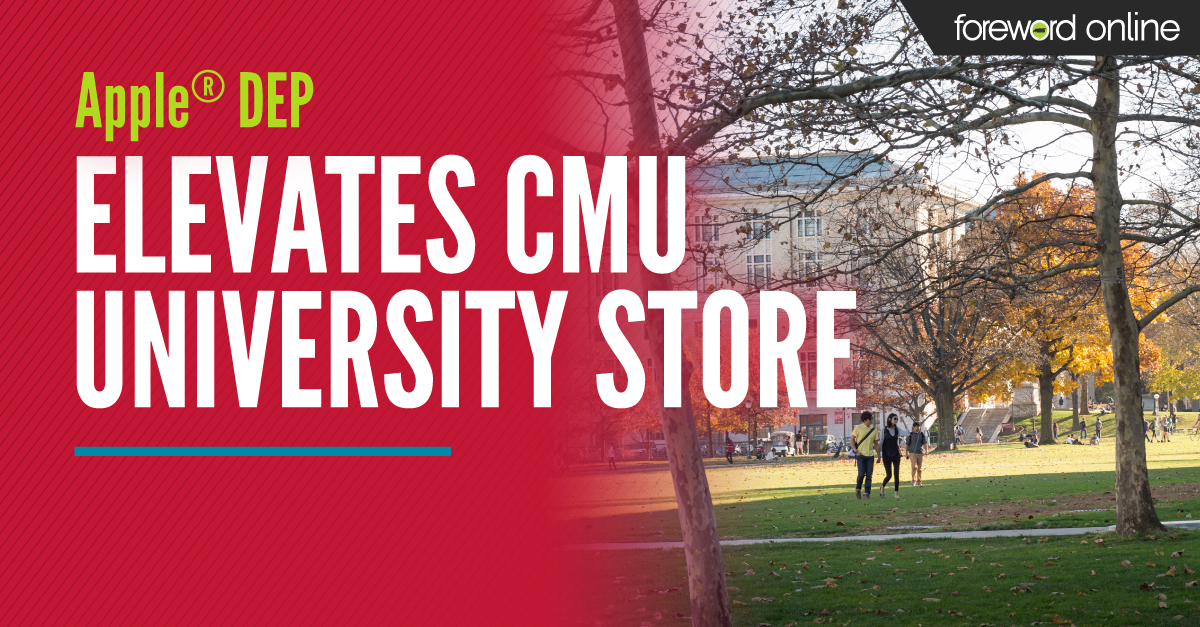Most collegiate retailers love students, and faculty and administrators share that passion. It’s one of the reasons campus citizens choose a career in a learning environment where profit, however vital, is not the only goal. The ever-changing population of young people arriving on campus challenges older adults to stay sharp, creative and open to learning. Lately, the students coming to college have campus authorities searching for ways to help them find relief from mental health issues, too. Young people born after 1995, known collectively as Gen Z, have the highest-ever reported struggle with anxiety. Thankfully, campus retailers have a variety of resources at their disposal, which can help students become loyal customers and turn their retail experience into a source of refuge.
 Between 2009 and 2015, the number of students reporting to campus counseling centers increased more than a third, even while enrollment grew less than 6%. The rising number of mental health issues has taxed the usual campus resources — therapists, college counselors, friendly teachers — according to the Center for Collegiate Mental Health at Penn State University. Over half of the students who report problems describe “overwhelming anxiety.” College counseling centers are as effective as off-campus clinics, but many students are reluctant to report mental health concerns. That means the number of actual cases is likely much higher than what’s recorded and those suffering from untreated anxiety are as apt to turn up in a classroom or a campus store as they are a doctor’s office.
Between 2009 and 2015, the number of students reporting to campus counseling centers increased more than a third, even while enrollment grew less than 6%. The rising number of mental health issues has taxed the usual campus resources — therapists, college counselors, friendly teachers — according to the Center for Collegiate Mental Health at Penn State University. Over half of the students who report problems describe “overwhelming anxiety.” College counseling centers are as effective as off-campus clinics, but many students are reluctant to report mental health concerns. That means the number of actual cases is likely much higher than what’s recorded and those suffering from untreated anxiety are as apt to turn up in a classroom or a campus store as they are a doctor’s office.
Anxious students find many places to focus their fears — grades, money, roommate troubles — but there’s no question these kids’ troubles have a connection to our uneasy times. Gen Z was born into a period rocked by 9/11, the 2008 economic meltdown, widening income disparity and strident political polarization. These kids have grown up with terrorism on their radar, active shooter drills at school and families suffering from financial devastation at home. They’re as familiar with catastrophe as they are smart phones and social media. How could they not be anxious?
A campus retailer can’t solve all these problems, but it can lend a hand. In doing so, you’ll cultivate student trust and invigorate a dialogue with a fascinating cohort that will sharpen your wits and reaffirm your choice to work in the world of education.
Here are four possible ways to make your store a Gen Z-savvy refuge
- Offer affordable comforts — Merchandise associated with comfort and luxury is often marketed to groups with more expendable income than the typical budget-minded Gen Z maven. However, an increasing number of brands allow students to pamper themselves without overspending: bargain cosmetic lines like e.l.f., low-priced high quality essential oils like Now and everyday study-garb essentials like soft t-shirts and comfy sweats appeal to students in need of a calming diversion. Who knows? With an abundance of such items available, you may win customers who return for self-care goodies long after graduation.
- Think community — Students need a hub where they can kick back, study or even forget about classes for a little while, and campus retailers can provide just such an environment. Stores that offer everything from USB ports to cafes to comfy chairs among the trade books attract students in need of connection. San Diego State University’s Aztec Stores provides free gaming chairs, where kids can focus on fun between classes. De-stress events, scavenger hunts and book clubs are good ways to facilitate friendships that give students a much-needed network of support.
- Get a dog or cat — Pets have a well-studied positive impact on mental health. Therapy dogs, Humane Society events and store mascots draw students in need of the unaffected empathy only a four-legged friend can offer. The Navarro College Bookstore hosts Beauregard V, the school mascot, beloved by students and the community. Swarthmore College & Community Store has two in-house Labrador retrievers, Molly and George, that students seek out daily for affection.
- Nudge healthy offerings — Stress is mental and physiological. Sometimes overwhelmed students need a balanced meal and a good night’s sleep more than medication or counseling. (The latter won’t work without the former, campus therapists say). Many adults look back with horror on college days spent surviving on bagels, Ramen noodles and pizzas. Research shows that Gen Z kids are more health conscious than millennials and Gen Xers. One study from Barnes & Noble College revealed that 73% of surveyed students considered nutrition before purchasing a snack. It was more important to them than whether the snack was salty or sweet. Behavioral economics tells us that when stores keep healthy offerings like fruit or granola bars at eye-level — near the register, beside the coffee nook — shoppers are more inclined to pass up candy bars for the more sustaining item. Keeping foods that help students maintain a healthful diet will drive sales, and it will give students what economists call an inspiring “nudge” that helps them avoid blood sugar spikes, which exacerbate anxiety.
Regardless of whether you implement any of these ideas, it’s critical to remember that students are naturally drawn to people who love learning from them. If you demonstrate genuine interest in their lives, they’re likely to feel more confident in your presence. Kids don’t need lectures as much they need our curiosity. Lectures presume; questions about their lives and motivations demonstrate our respect for what they know that older people don’t.
After all, students may have better insight into the challenges of our day than we do. Look at the Gen Z Parkland survivors who organized the February 2018 March For Our Lives. Along with the hundreds of thousands of teens who turned out, these teens accomplished a breath-taking feat: By some estimates, the Washington D.C. march was the largest in our nation’s history. That kind of moment defines a generation, regardless of individual politics or background. In this case, the march revealed that, as a group, Gen Z is engaged, aspiring and undaunted by cynicism. When students are given a chance to talk about their struggles and concerns, they often discover their own solutions. All you need to do is ask a few questions, listen and enjoy the opportunity to learn.





